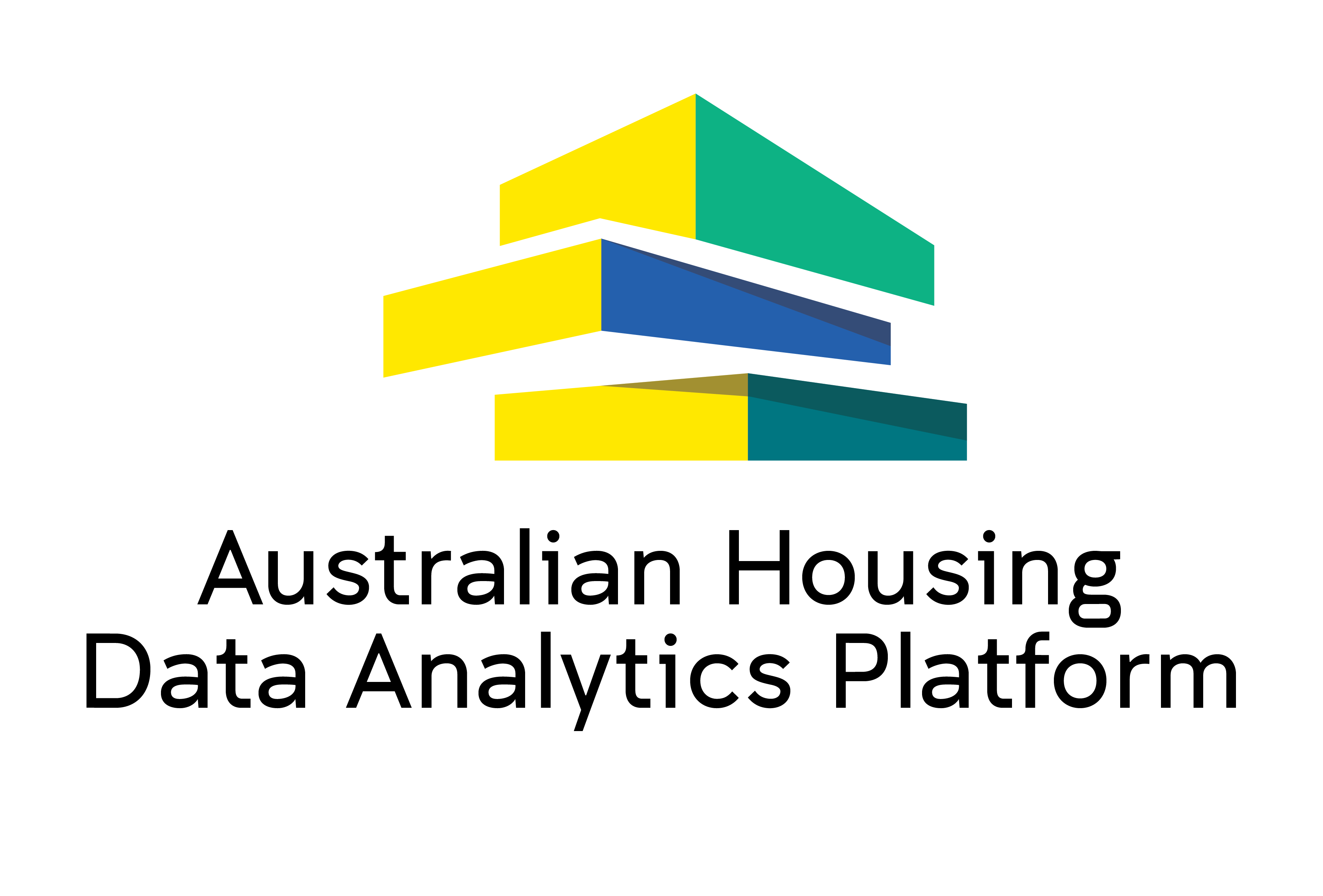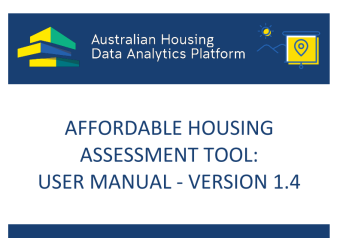What is the AHAT?
The ‘Affordable Housing Assessment Tool’ (AHAT) is designed to calculate the impact of different cost and subsidy parameters on housing affordability for the various types of households in need of affordable (sub-market) housing.
The AHAT aims to focus scheme decision-making on the social or affordable housing outcomes that are required to house a target mix of households and the subsidy levers that can best achieve those outcomes.
The Tool is user-oriented and has substantial input flexibility. It aims to assist:
- Affordable housing practitioners wanting to know the impacts of prospective affordable housing projects under given subsidy schemes and market conditions.
- Policymakers needing to assess the efficacy of different subsidy arrangements for affordable housing.
The AHAT allows the user to specify the mix of clients an affordable housing project or program aims to house, determine the development parameters and cost inputs specific to the site or program, assesses the basic feasibility of the project given the expected revenue stream and costs, and then apply different subsidy inputs to best meet long term (30 year) viability outcomes. The model allows a mix of social, affordable and market product to be modelled as well as a wide range of user-specified household/client types. Viability is estimated over a thirty year period.
The AHAT was devised and developed by Dr Laurence Troy (University of Sydney) and Prof Bill Randolph (UNSW Sydney) and adapted for the AHDAP by Sadia Waleen (University of Melbourne).
You can access AHAT via this link
https://ahat.ahdap.org/


